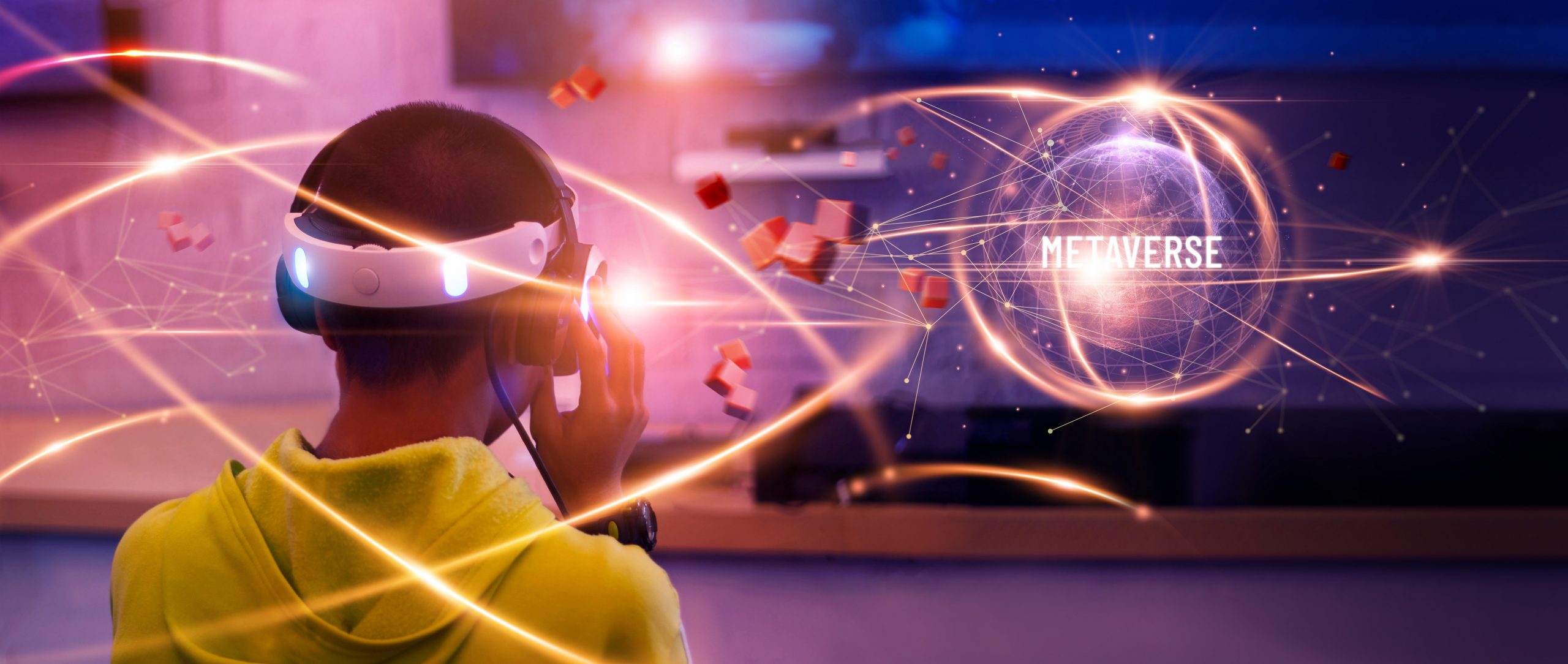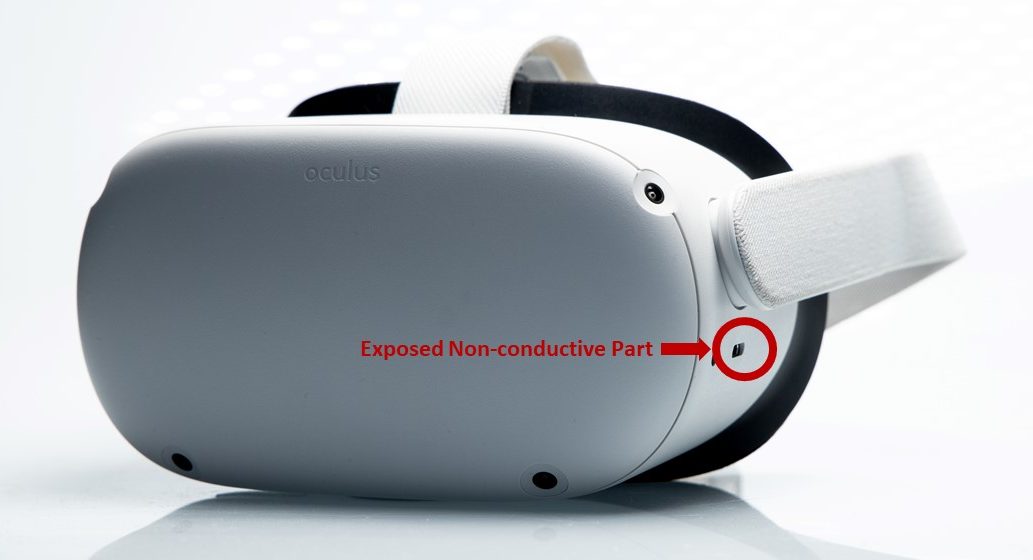Recently, the hottest topic in the industry without a doubt is Metaverse. With the wearable device, you can enter the virtual world. In here, you are not just playing a game, but freely shuttle between cyberspace and the real world. Global leading technology companies, Facebook, Google, and Mircosoft, are all preparing to win out. The beauty of Metaverse is making the user immerse and feel realistic in a digital world. As a result, the development of metaverse is not only relying on the application service providers but also requiring the VR devices to bring everyone into it.
The popularity of VR devices is just one part of the keys to determining the Metaverse development. Therefore, besides the current well-known brand in the market, such as Oculus and HTC Vive, more companies will be entering this battlefield. The novel product design requires higher computing performance and data transmission speed. It also strives for lighter, comforter, and longer power endurance to provide players a more sustained user experience and take a further step to explore the Metaverse. With all that said, electrical safety is still an essential requirement. If the manufacturers do not scrutinize the safety testing strictly before mass production into the market, the electrical accident will affect negatively the innovative technologies and leave a shadow on the customers.

New technology, but same standard testing requirements
Standard requirements and testing method of VR device belongs to audio, visual, information, and communication products. It should comply with IEC 62368 and conduct the Hipot, ground bond, insulation resistance, and leakage current tests. The growing of VR wearables, each company’s product has its own design and specifications, so the test criteria could be slightly different. Most of the current wearables’ power source comes from the battery. The rated voltage is under 60Vdc which is in the safe voltage range, the Hipot test is generally not required. However, the testing criteria may vary from different product designs.
Manufacturers should pay attention that VR devices are very close to users. Some accessible parts are made of metal. Although they are non-current-carry parts, but once a fault current leak and go through the users will cause serious injury. To ensure usage safety, all products must conduct the leakage current test (also known as the touch current test). Connecting the exposed non-conductive part to the human-body-simulation measuring device (MD), then measuring whether the leakage current is higher than 0.25mA when the device is operating. (If it’s higher than 0.25mA, the human body will have an electric shock or serious electrical hazards.) Conducting the test with simulating the harshest situation to fully ensure the safety of end-users.

Our customer already purchased eec an ikonix brand 7630 touch current tester for their device testing. It has seven different human-body measuring devices (MD) and eight different fault conditions that simulate a diversity of possibilities for real-world conditions. It makes complicated leakage current tests easier. Moreover, to expand the VR devices market, many customers choose the ESA series electrical safety compliance analyzer to conduct IEC 62368 electrical safety tests for different specifications of the devices. Not just the leakage current tests, but also the Hipot, GB, IR, etc. tests. Responding to the increased demand for VR devices, it is recommended to purchase a high-quality safety tester for the production line to win out with quality and safe products.
No matter how advancement the technology is, like the Metaverse, electrical safety has always been important. eec an Ikonix brand has protected electrical safety all over the world for more than 80 years. Devoting into research and development safety testing instruments and power supply. We also actively cooperate with leading companies and laboratories to provide suitable solutions for different industries. Feel free to contact our sales representatives now in answering your safety testing questions.
Don’t want to missed our latest industrial news? Please subscribe to the newsletters and follow our Facebook and Linkedin.




